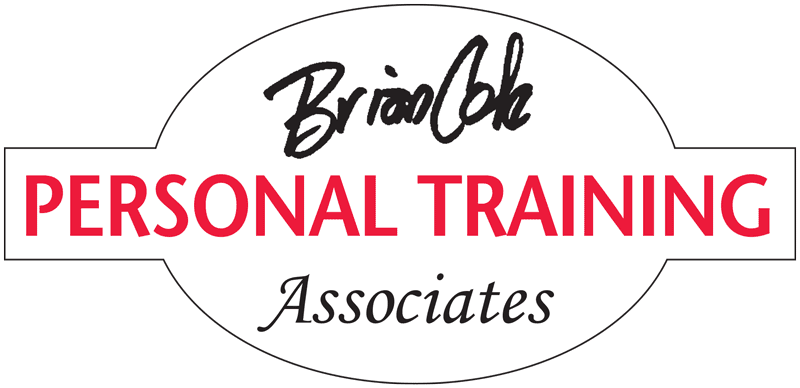Yes, as some of my regular readers may recall, I’ve previously written about this. But please remember, Oyster Pointer consistently adds new readers — and repetition is a valid way to inform/learn. This is important stuff which can help you avoid unnecessary injury caused by not understanding how our bodies function.
Stretching. What it isn’t: It isn’t making muscles longer. This isn’t my opinion; this is a physiological fact. The term (and we all use it) encourages assertive attempts which can be harmful. Also, there are conditions that can inhibit what is called stretching (osteoarthritis, bursitis, torn tendons, inflamed tendons/tendinitis, the auto-immune rheumatoid arthritis, muscles with a postural responsibility…) and those conditions require corrective intervention by qualified professionals. Trying to will oneself to prevail over those movement restrictions can damage tissues beyond repair.
Anatomy/physiology. Tendons involve movement and connect muscles to bones as they cross joints. Ligaments connect bone to bone to stabilize and protect those joints by restricting range of motion (ROM). Muscles have some elasticity, tendons have less and ligaments, of course, have close to none.
Elasticity: Think of a rubber band. It can stretch to perform a function but after that task is completed it returns to its original shape. That’s similar to our muscles/tendons. With us, we’re aided by our nervous system’s automatic protective stretch-reflex which allows us to temporarily reach further during say, our yoga session, and not injure ourselves. But 20 minutes or so later, we’re back to our original limits. Over time, our relaxed joints may develop a greater ROM but it won’t be because our muscles are longer from being stretched.
Increasing our flexibility and finding a healthy ROM is a beneficial goal for all of us. To move and reach further without injuring ourselves is a positive. I’m just clarifying that stretching is not how we achieve it.
Admittedly, this column will be over simplifying. I doubt many of you want to read about sarcomeres, myocytes or Golgi tendon organs. So let’s break it down to active and passive ROM. I’m skipping assisted-active because that should be used only by professional physical therapists in the early stages of rehabilitation from injury or surgery and is essential for successful recovery. Unfortunately, it is also used in athletic training by unqualified personnel to the detriment of the athlete. Think about young gymnasts whose ligaments are supposed to protect and stabilize their joints over their lifetimes being over-stretched to enhance performance.
OK, so how to find that healthy ROM that has lasting, not just temporary results? Since multiple studies from the late 1990s, we’ve known that pre-event stretching decreases strength and performance. (Yes, I’m saying stretching before your run is not helpful.) But we also learned that pre-event warmup is valid to both prevent injury and enhance the activity.
What happens during warmups? We move in a relaxed way and use that mobility to simulate our ROM in the upcoming event. This is active ROM. If our event is daily life, I suggest we lift and lower ourselves gently and slowly by standing/sitting using our legs, slowly rotate our upper bodies without using any momentum, reach with our arms in every direction — up, down and across. Simulate all the movements of an active daily life. During all this, just relax and release tension. Enjoy the increasing mobility from the slow gentle movements and notice how good it feels.
This takes about five minutes shortly after waking in the morning. Sounds easy, doesn’t it? It is. And this isn’t over simplified. Rather than the implied and potentially dangerous assertiveness of “stretching,” think relaxing and releasing tension. We’re physiologically increasing our joint ROM by increasing our tolerance, not by trying to increase the length of our muscles. Start this, you’ll see. Enjoy…

